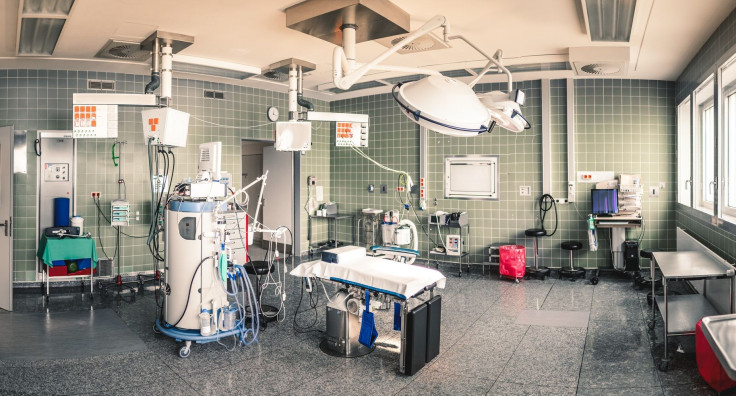What Are Ventilators And Why They're Crucial Amid The Coronavirus Outbreak?
KEY POINTS
- Coronaviruses cause patients to suffer from respiratory infections
- Ventilators are machines that help patients with breathing difficulties
- UK Government asks manufacturers to build at least 20,000 machines
Drastic measures that will be implemented by the government within this week have been announced by Prime Minister Boris Johnson. He said this is the latest attempt of the government to halt the spread of the deadly virus in the UK.
To date, there are 1,950 confirmed infections and 71 fatalities, with 20 victims remaining in serious or critical condition. There have also been recoveries, which as records indicate, now reached 65 patients. According to health experts, ventilators have been very helpful in the goal of medical personnel to save patients from the virus.

This is why Mr. Johnson looks forward to hospitals acquiring more ventilators in the coming days. The Prime Minister, for his part, took the initiative to call manufacturers of ventilators in the UK this week to ask for their help. He revealed that he already has spoken to more than 60 companies and has also asked for a national effort to help build the important machines.
The Number Of Ventilators Needed
At present, the National Health Service has 5,000 ventilators, but the health body said it still needs many times more than what they already have. Health experts say the goal right now is to acquire around 20,000 additional ventilators as soon as possible.
A spokesman from Downing Street said manufacturers had been requested to rise to the immediate challenge by offering expertise and skills, as well as making the components themselves. Everyone is being asked to pitch in. Businesses can participate in any part of the process, whether during procurement, design, assembly, testing, and shipping. Health Secretary Matt Hancock revealed there already had been positive and enthusiastic responses from businesses.
A Miracle Of Science
What is a ventilator? Also referred to as a respirator, a ventilator is designed to deliver mechanical oxygen ventilation in and out of your lungs. In a way, the machine delivers breath to patients who are not able to breathe on their own, or if they can, breathes insufficiently, taking in only a little oxygen.
In the case of lung diseases, when patients find it difficult to breathe, ventilators can be used to help them breathe in oxygen. The machines can also be used during and after surgery to help keep oxygen flow through the lungs.
Ventilators work by placing a flexible tube in the mouth, nose, or through a small cut in the throat of a patient and then connect it to a ventilator machine. In the simplest form, a contemporary positive pressure ventilator includes a compressible air reservoir or turbine, a set of valves and tubes, air and oxygen supplies, and a disposable patient circuit. There are also types of the patient circuit which can be reused.
The air reservoir is pneumatically compressed many times per minute to provide room-air, or in many cases, an air and oxygen blend to the patient. If turbines are used, the turbine forces air through the ventilator, controlled by a flow valve that adjusts pressure to meet patient-specific requirements.
When overpressure is opened, the patient may exhale passively because of the elasticity of the lungs. The exhaled air is typically released through a one-way valve, called the patient manifold, within the patient circuit.
The Extreme Need For Ventilators
Patients who are critically ill with the coronavirus need these machines badly. For them, access to these machines can be a matter of life or death.
According to Justin Benson, the fact the government is asking help from manufacturers to create a different product to what they typically manufacture is unprecedented since the Second World War. Mr. Benson works for the consultancy KMPG.
He said that the machine is a relatively complex type of equipment that has many components and a dedicated supply chain. Asking someone who manufactures cars to build a respirator may take some time.
© Copyright IBTimes 2024. All rights reserved.





















